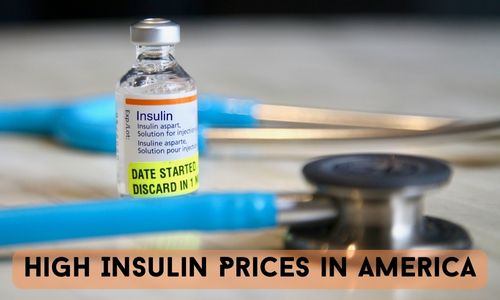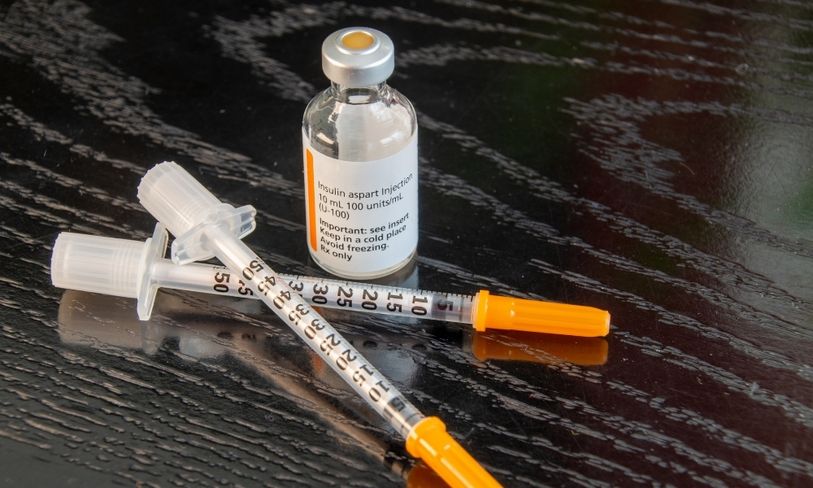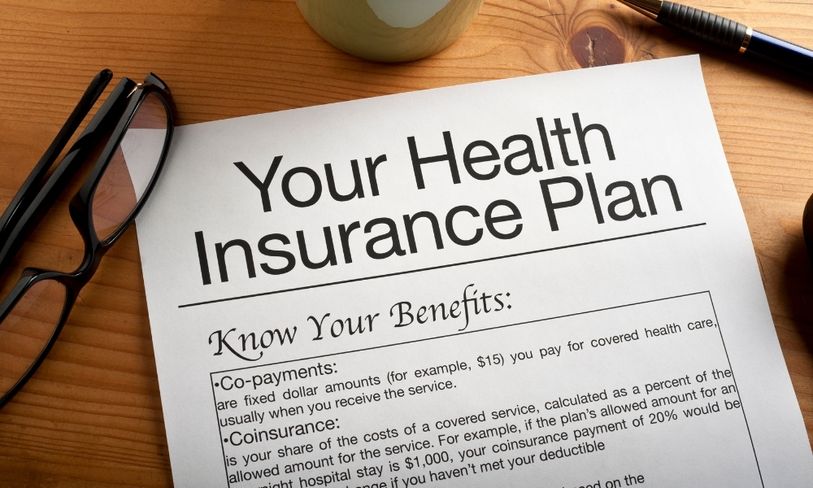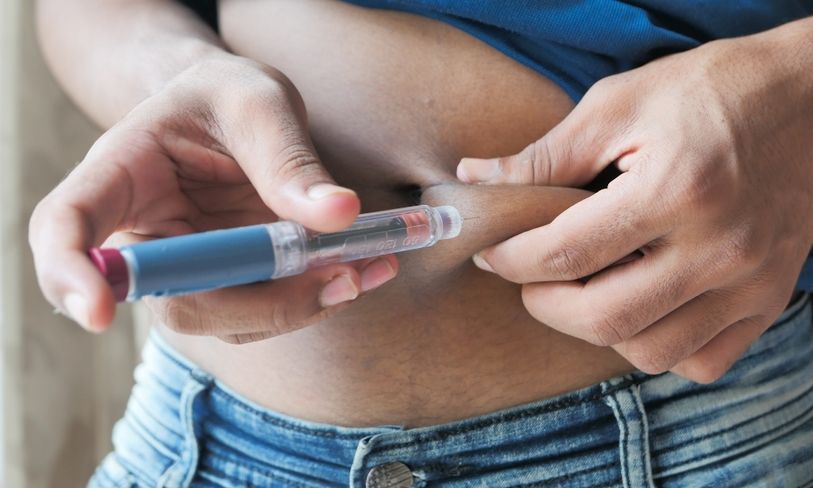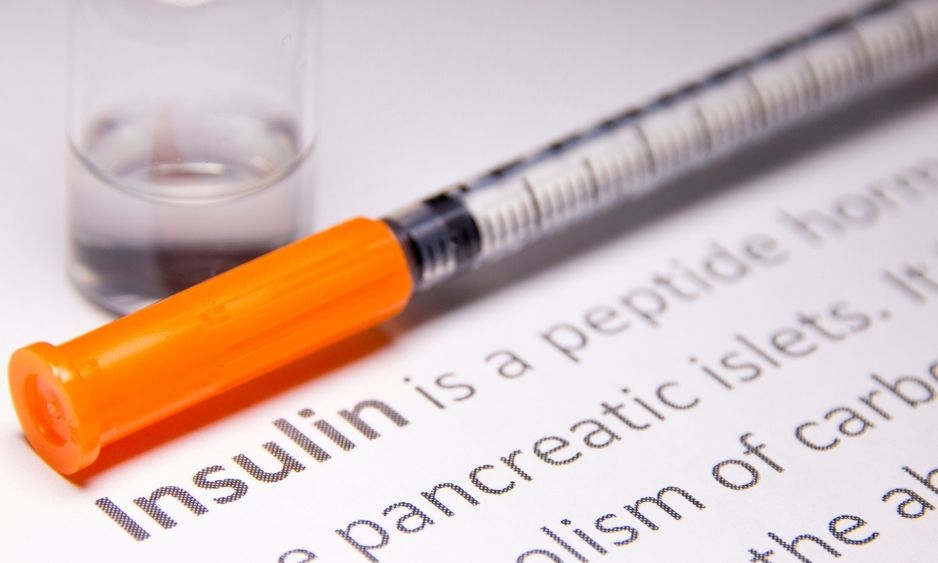Diabetes has now become the most expensive chronic disease in the US. Patient care with diagnosed diabetes encumbers the economics on a personal as well as on a national level. Insulin costs and customs have reached an all-time highest. So how come Insulin, a drug available for 100 years in the market, still be inaccessible in 2022?
Contents
Insulin and Why it is Important
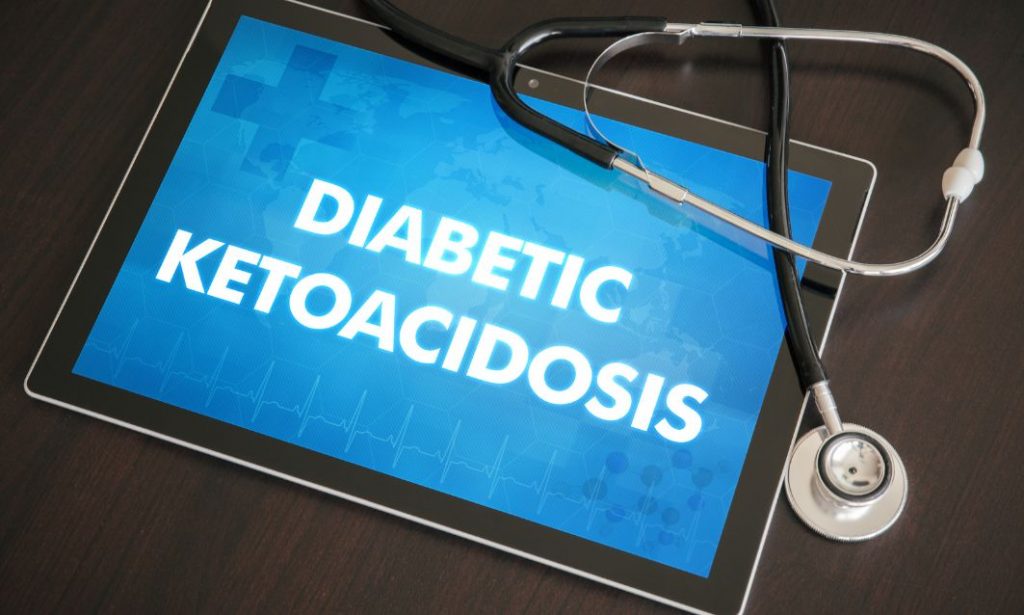 Insulin, chemically a polypeptide hormone, is the principal regulator of blood-glucose concentration at all times. A deficiency of this hormone impairs body functions significantly. Insulin administration, if delayed, can lead to chronic complications of hyperglycemia: “diabetic coma” and “ketoacidosis.”
Insulin, chemically a polypeptide hormone, is the principal regulator of blood-glucose concentration at all times. A deficiency of this hormone impairs body functions significantly. Insulin administration, if delayed, can lead to chronic complications of hyperglycemia: “diabetic coma” and “ketoacidosis.”
Type-1 diabetes is an irreversible condition that requires constant insulin monitoring to maintain patient health. The results of one study showed that the incidence of Type 1 diabetes was 15 per 100,000 people and a prevalence of 9.5% in the world. An increasing number of populations are being diagnosed with diabetes every day. This situation has resulted in increased insulin demand leading to high costs with low accessibility.
Where it All Began
Did you know that Insulin was first isolated from the pig pancreas? In the 1920s, approximately two tones of pig pancreas yielded only 8 ounces of insulin. With genetically engineered bacterial DNAs, we now have bacteria producing insulin for us in bulk.
Statistics of “Insulin inflation”
An evaluation of the economic burden imposed by diabetes concluded that the total estimated cost of diagnosed diabetes in 2017 was $327 billion, including $237 billion in direct medical costs and $90 billion in reduced productivity. People with diagnosed diabetes incur average medical expenditures of ∼$16,750/ year, of which ∼$9,600 were attributed to diabetes.
One in every four diabetic patients can no longer afford their prescribed treatment plans and ration their supply, which is dangerous and potentially fatal.
Reasons for High Insulin Costs in America
Insulin is labeled as a ‘life-saver’ drug. However, this access to life comes to a halt when complicated world economics are jumbled with poor health outcomes of the patients. Some of the important factors behind IABs (insulin access barriers) are mentioned here.
Demand & Supply Discrepancy
The demand and supply chain discrepancy is another contributing factor. Patients who rely on insulin infusions to manage their blood-glucose levels would go to great lengths to acquire it. Consequently, demand exceeds supply. Diabetic patients would pay almost anything to obtain enough insulin allowing the manufacturers to impose more charges than usual per insulin vial.
“The high cost can be attributed to ‘evergreening,’ a process in which drug companies make incremental improvements to their products that can extend the life of their patents,” said Dr. Kevin Riggs, a physician at the University of Alabama at Birmingham Heersink School of Medicine.
Financial Toxicities
One contributing factor is the financial toxicity that follows diabetes because it comes with several other co-morbidities. Hypertension, the need for dietary modifications, vascular injuries, and aberrations in normal body metabolism constitute the financial burden that follows the already high costs of insulin.
Difficulties in Bulk Production
Insulin is not like other drugs. It is a large polypeptide that requires efficient and arduous copying techniques for its development. Not many developers are available that can make enough insulin to cope with their respective regional requirements. Only a few international sellers develop pure insulin forms or analogs that cost almost ten times more than the generic forms of the hormone.
Problem with Biosimilars
“Biosimilars” are molecules that resemble and mimic the action of insulin. They are its generic forms but not called so because insulin is a biologically developed chemical substance. Its production via a foreign source will not be effective which would create another hurdle for pharmaceutical companies when producing insulin in bulk.
Either the resources limit production or the efficacy of the biosimilars affects the quality. In any case, these augment the pre-existing shortage.
Insulin Insecurity
Any disruption in insulin distribution can create a “life or death” situation for patients. At this point, the patients will bequeath anything if their safety is compromised.
Ineffective Healthcare Policies
Healthcare policies introduced to cover the financial burden of insulin and those that guaranteed equal distribution have failed drastically. People having legal insurance reported difficulties accessing insulin because of high premiums, deductibles, co-payments, and coverage limitations imposed by providers. Insurance allocation does not cover monthly insulin expenditures.
The drawbacks are far worse when a person does not have healthcare insurance. The monthly out-of-pocket cost for insulin only ranges from $75 to $2000, without insurance. Conclusively, for people who do not have healthcare insurance, insulin access is a significant barrier to optimal health.
Life Transitions
Major life transitions such as job loss, divorce, and death of a family member, changes in insurance provider, geographic relocation, and loss of social security benefits also affected participants’ insulin access. These changes often expose people to a greater proportion of their insulin costs or additional institutional barriers.
Between 2012 and 2016, the average annual out-of-pocket cost of insulin per T1D patient increased from $2864 to $5705.
Institutional Unresponsiveness
Patients of DM-T1 have more than often complained about poor communication and lack of provision of worthy services on part of insurance managers and distribution companies. From delayed insulin deliveries and receiving broken vials to incompliance and lack of cooperation from company officials, insulin deprivation and poor access has negatively impacted a large number of patients.
Other factors leading up to the problem under discussion include beaureaucratic errors, procedural delays, miscommunication, or failure to provide enough health benefits to high-risk patients.
Other IABs
In low- and middle-income countries, high prices, duties, markups, transportation, and storage costs create insulin access barriers (IABs). IABs affect the general population’s health status and are a statistically significant cause of mortality associated with diabetes.
Impacts of Sky-High Insulin Costs
Today, 21 million people are living with diabetes in the United States alone, 6 million of whom take insulin.
- National burden. The impact of inflation on the insulin market can cause significant damage at all levels. The National burden due to insulin morbidity and mortality is evaluated via an individual’s productivity and contribution in net-income generation. Two discerning factors that help determine the national burden are “Presenteeism” and “Absenteeism”. Absenteeism is calculated by the total number of work days missed due to poor health conditions. Presenteeism assesses the lack of productivity with diabetes-inflicted conditions when compared with normal health productivity. Vast works of literature are present that demonstrate this burden to be statistically significant.
- Premature Mortality. Diabetes is a chronic health condition that can begin in childhood as well as in youth. A rather tragic victim of diabetes-associated premature mortality was Alec.
Alec, a 26-year-old diabetic, required daily insulin infusions but was $300 short of his insurance costs. 3-days before his pay was due Alec succumbed to his condition. He died of diabetic ketoacidosis and his body was found in his apartment in Minnesota.
What Can be Done?
At National Level
Healthcare policies initiated by Medicare and other NGOs have been inadequate and inefficient. The need of the time is a better policy implementation organization that formulates better healthcare benefits. Allocation of a fixed budget for insulin production and distribution should be one arm of the policy. The other arm should be the availability of insulin at a fixed price to all individuals, insured or uninsured.
Most recently, California Gov. Gavin Newsom announced this month that he had approved a budget that would allocate $100 million to allow the state to begin making its low-cost insulin.
Emergency access laws should be established for people requiring insulin more frequently. This can be achieved if we categorize the insulin needs with special consideration to community needs and net production rates.
At Physician’s Level
Solutions that can be implemented by physicians and institutions include discussion with patients about affordability, awareness about sources of information on prices, and practice guidelines that take cost into account.
At Patient’s Level
Efficient use of insulin by managing the dosing schedule along with modifying the dietary intake. Lifestyle modification is the key to prevention. Patients can optimize their insulin supplies by raising the threshold for insulin requirements. This can be achieved by consuming foods low in carbohydrates, by intermittent fasting, or by strenuous exercise to utilize the glycogen stores instead of creating the needs for constant insulin infusion.
Leveraging personal relationships with the diabetic community can help strategically stocking more insulin than is needed. This is an effective method for patient safety. Taking out loans and avoiding using the out-of-pocket resources to obtain insulin can also aid the process.
Prevention of disruption in insulin access and maintaining efficient and consistent supply is of prime importance when patients aim for longevity.
At Social Level
One can learn more tips and tricks to cope with IABs when difficult situations arise. There is enough information available on the internet that discusses the same problem. Patients can access the internet to assess their condition, its severity, what should be done and what are the options available for optimal health outcomes. One such platform is provided here.
Click on the link and help yourself and others who experience the same health concerns.
Conclusion
The aforementioned strategies are not always successful at securing insulin access and may have negative consequences for participants’ health, finances, careers, and relationships. Every patient is exposed to a different life routine which impacts the overall health outcomes uniquely.
In any case, better policies should be expected to help decrease diabetes associated morbidities and mortalities. A better approach to healthcare can make this chronic health condition manageable.

